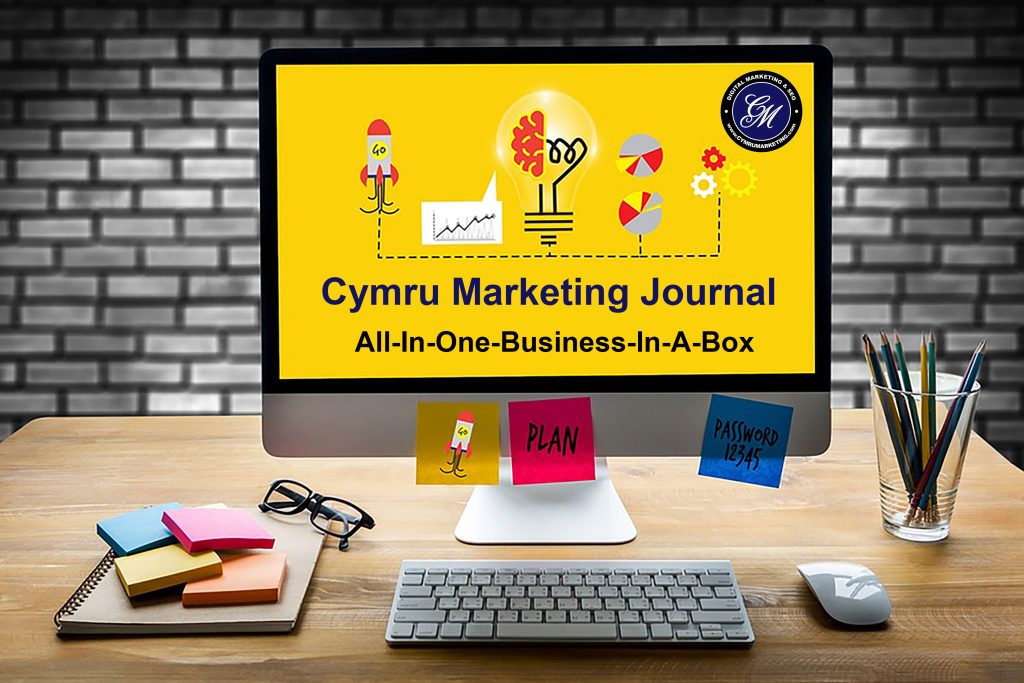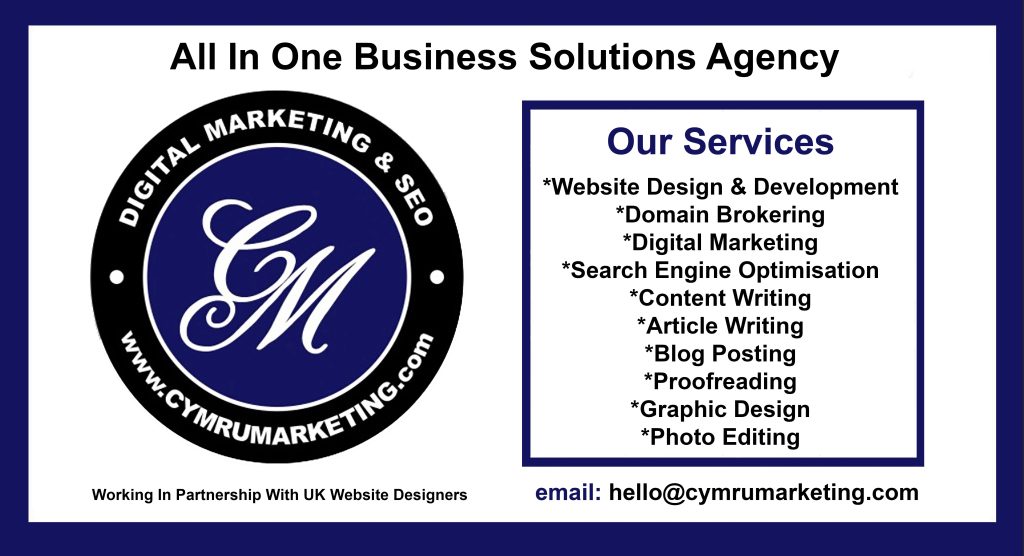
Leveraging Digital Marketing Services for Comprehensive Online Success: A Look at Cymru Marketing Journal (CMJUK)
Introduction
As consumers increasingly turn to the internet for information, entertainment, and shopping, brands must adapt their marketing strategies to capture their attention effectively. This is where Cymru Marketing Journal (CMJUK) Digital Marketing Services comes into play, offering a comprehensive suite of services that encompass content writing, digital marketing, social media management, and networking.
Content Writing: Crafting Compelling Narratives
At the core of any successful digital marketing campaign lies high-quality content. CMJUK understands the importance of compelling narratives in engaging audiences and driving conversions. The art of content writing involves creating informative, entertaining, and relevant content that resonates with the target audience. Whether it’s blog posts, website copy, or informative articles, CMJUK‘s skilled content writers possess the expertise to craft content that not only informs but also captivates readers, effectively conveying the brand’s message.
Digital Marketing: Navigating the Online Landscape
CMJUK’s digital marketing services are designed to guide brands through this complex landscape. With a deep understanding of search engine optimization (SEO), pay-per-click (PPC) advertising, email marketing, and more, CMJUK develops tailored strategies that enhance a brand’s visibility and reach. By optimizing websites for search engines, running targeted advertising campaigns, and nurturing customer relationships through email marketing, CMJUK helps businesses forge meaningful connections with their online audience.
Social Media Management: Cultivating a Vibrant Online Community
Social media has evolved from a platform for social interactions to a powerful marketing tool. CMJUK recognizes the potential of social media platforms to foster engagement, drive traffic, and amplify brand awareness. Effective social media management involves crafting a consistent brand identity, curating engaging content, and interacting with followers in meaningful ways. CMJUK‘s experts understand the nuances of different platforms and tailor strategies that resonate with each audience. By cultivating a vibrant online community, brands can establish themselves as industry authorities and trusted resources in their niche.
Networking: Building Strategic Alliances
Collaboration often leads to exponential growth. CMJUK’s networking services enable businesses to build valuable partnerships and alliances within their industry. By connecting with influencers, industry peers, and potential customers, brands can expand their reach and tap into new markets. CMJUK understands the importance of fostering relationships that go beyond transactional interactions, allowing businesses to access opportunities that might not have been available otherwise.
Editors Comments
CMJUK Digital Marketing Services offers a holistic approach that encompasses content writing, digital marketing, social media management, and networking. By leveraging these services, brands can enhance their online presence, engage with their target audience, and cultivate meaningful connections within their industry. In a world where a strong online footprint is synonymous with success, partnering with CMJUK could be the strategic move that propels businesses toward sustainable growth in the digital age.
Contact Us Today To Discuss Your Project
We will endeavor to give you valuable advice with no obligation to you. We can add you to one of our directories free of charge. Being listed in the Cymru Marketing Journal (CMJUK) directories is the first step to driving traffic and generating leads through your marketing journey.
Contact us today using the form below.
ADVERTISEMENT

#cymrumarketing #cymrumarketingjournal #cymrujournal #cmjuk #digitalmarketing #domainbrokering #seo #contentwriting #articlewriting #blogposting #proofreading #graphicdesign #videocreation #networking











